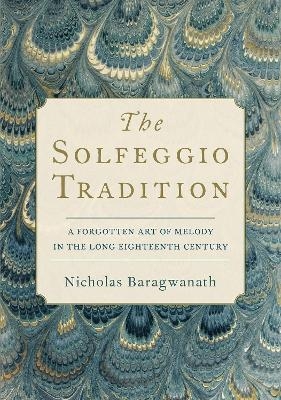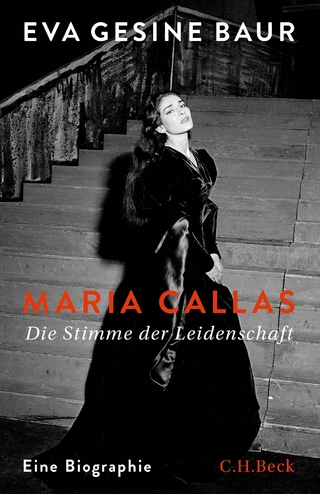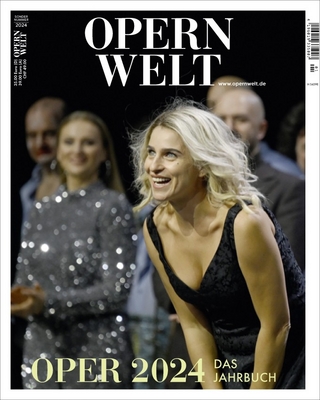
The Solfeggio Tradition
Oxford University Press Inc (Verlag)
978-0-19-751408-5 (ISBN)
How did castrati manage to amaze their eighteenth-century audiences by singing the same aria several times in completely different ways? And how could composers of the time write operas in a matter of days? The secret lies in the solfeggio tradition, a music education method that was fundamental to the training of European musicians between 1680 and 1830 — a time during which professional musicians belonged to the working class. As disadvantaged children in orphanages learned the musical craft through solfeggio lessons, many were lifted from poverty, and the most successful were propelled to extraordinary heights of fame and fortune.
In this first book on the solfeggio tradition, author Nicholas Baragwanath draws on over a thousand manuscript sources to reconstruct how professionals became skilled performers and composers who could invent and modify melodies at will. By introducing some of the simplest exercises in scales, leaps, and cadences that apprentices would have encountered, this book allows readers to retrace the steps of solfeggio training and learn to generate melody by 'speaking' it like an eighteenth-century musician. As it takes readers on a fascinating journey through the fundamentals of music education in the eighteenth century, this book uncovers a forgotten art of melody that revolutionizes our understanding of the history of music pedagogy.
Nicholas Baragwanath is Associate Professor of Music at the University of Nottingham. His award-winning research focuses on music history and theory, particularly on how musicians in the past learned skills in improvisation and composition. He regularly writes and presents for BBC Radio 3.
Acknowledgements
List of Figures
Glossary of Technical Terms
Introduction
Chapter 1: Discovering Solfeggio
Section I - Context: Apprenticeship, Plainchant, and the Rudiments
Chapter 2: Sepperl's Story: A Case Study in Music and Social Mobility
Chapter 3: The Church Music Industry
Chapter 4: Eighteenth-Century Plainchant--For Beginners
Chapter 5: Canto Fermo and Canto Figurato
Section II - Theory and Practice: Lessons in the Art of Melody
Chapter 6: Speaking Solfeggio
Chapter 7: Singing Solfeggio
Chapter 8: Learning la sol fa mi, with Some Hints on Musical Grammar
Chapter 9: Solano and Sabbatini on Modulation
Section III - The Solfeggio Repertory: Types, Styles, and Genres
Chapter 10: Defining Solfeggio
Chapter 11: Unaccompanied Solfeggio
Chapter 12: Accompanied Solfeggio
Chapter 13: Solfeggio and Partimento
Epilogue
Chapter 14: Alternative Systems and the End of the Great Tradition
Bibliography
Index
| Erscheinungsdatum | 13.10.2020 |
|---|---|
| Zusatzinfo | 210 music examples, 24 figures, 7 tables |
| Verlagsort | New York |
| Sprache | englisch |
| Maße | 185 x 249 mm |
| Gewicht | 1021 g |
| Themenwelt | Kunst / Musik / Theater ► Musik ► Klassik / Oper / Musical |
| Kunst / Musik / Theater ► Musik ► Musiktheorie / Musiklehre | |
| ISBN-10 | 0-19-751408-1 / 0197514081 |
| ISBN-13 | 978-0-19-751408-5 / 9780197514085 |
| Zustand | Neuware |
| Informationen gemäß Produktsicherheitsverordnung (GPSR) | |
| Haben Sie eine Frage zum Produkt? |
aus dem Bereich


